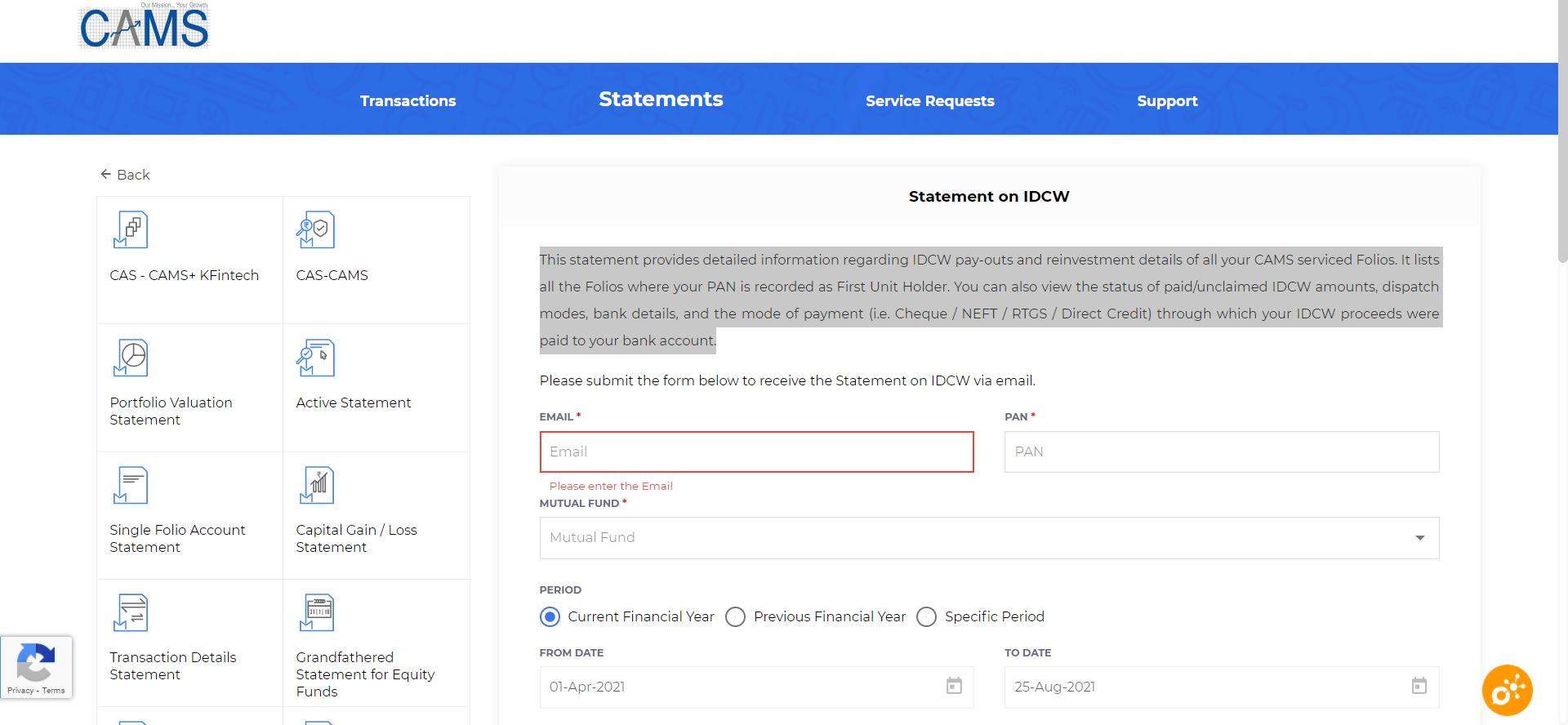In an era of economic uncertainty and fluctuating market conditions, securing a reliable source of income is a paramount concern for families striving to achieve financial stability and growth. Dividend-paying stocks present a compelling opportunity for those seeking to augment their income streams while participating in the wealth-building potential of the stock market. This analytical exploration delves into the strategic utilization of dividend-paying stocks as a tool for family income growth, offering insights into their mechanisms, benefits, and the methodologies for selecting the right stocks to suit individual financial goals. With a confident approach, this article aims to equip readers with the knowledge to harness dividends as a steady and potentially growing source of income, thereby enhancing their family’s financial resilience and long-term prosperity.
Identifying High-Yield Dividend Stocks for Sustainable Income
When looking to enhance your family’s income through dividend stocks, it’s crucial to focus on those with high yield and sustainable payouts. High-yield dividend stocks offer the potential for significant returns, but not all are created equal. To identify promising opportunities, consider these factors:
- Dividend History: Look for companies with a track record of consistent and increasing dividends. This indicates financial health and a commitment to returning profits to shareholders.
- Payout Ratio: Evaluate the payout ratio to ensure that dividends are being paid from profits and not at the expense of the company’s growth. A lower payout ratio suggests more room for future dividend increases.
– Industry Stability: Choose sectors with stable demand, such as utilities or consumer staples, which tend to provide more reliable dividends regardless of economic fluctuations.
– Debt Levels: Companies with manageable debt levels are better positioned to maintain dividends during economic downturns, ensuring your income stream remains unaffected.
By diligently analyzing these elements, you can construct a portfolio that not only meets your current income needs but also supports long-term family financial growth. This strategic approach ensures that your investment in dividend-paying stocks becomes a cornerstone of your family’s financial well-being.

Evaluating Dividend Consistency and Growth Potential
When considering stocks for family income growth, it’s essential to examine both the consistency and growth potential of their dividends. A company with a history of regular dividend payments indicates a stable financial footing and a commitment to returning value to shareholders. Look for companies that have consistently increased their dividends over time, as this can signal robust earnings growth and management’s confidence in future cash flows.
- Dividend History: Analyze the company’s track record. A decade of steady or increasing dividends can be a positive indicator.
- Payout Ratio: Ensure the payout ratio is sustainable. A ratio that’s too high might suggest future dividend cuts.
- Earnings Growth: Consider whether the company’s earnings are growing at a rate that supports dividend increases.
Evaluating these factors allows you to build a portfolio that not only provides regular income but also has the potential to grow over time, enhancing your family’s financial security.

Strategic Portfolio Diversification for Risk Management
Incorporating dividend-paying stocks into your investment portfolio can be a powerful tool for mitigating risks while also fostering family income growth. These stocks provide a steady stream of income, which can serve as a financial cushion during market volatility. By focusing on companies with a consistent history of dividend payments, you can ensure a reliable income source that is less susceptible to market fluctuations. This approach not only helps in stabilizing your family’s financial foundation but also allows for reinvestment opportunities that can compound over time.
To effectively leverage dividend stocks for income growth, consider the following strategies:
- Sector Diversification: Invest in dividend-paying stocks across various sectors to spread risk. Different industries react differently to economic cycles, offering a balanced exposure.
- Dividend Reinvestment Plans (DRIPs): Utilize DRIPs to automatically reinvest dividends, increasing your shareholding without additional costs and compounding growth over time.
- Quality Over Yield: Focus on companies with a track record of sustainable dividend payments rather than chasing high yields, which can sometimes indicate financial instability.
By thoughtfully diversifying your portfolio with dividend stocks, you not only manage risk but also create a robust framework for long-term family income enhancement.

Reinvesting Dividends for Compounded Family Wealth
Leveraging the power of dividend reinvestment can be a strategic move to foster long-term family wealth. Instead of cashing out dividends for immediate expenses, consider reinvesting them into additional shares of the same stock. This approach not only amplifies the potential for capital appreciation but also increases the dividend income over time, thanks to the compounded effect. As your investment grows, so does your ownership in the company, which in turn generates higher dividends, creating a virtuous cycle of wealth accumulation.
- Enhanced Compounding: Reinvested dividends mean buying more shares, leading to exponential growth over the years.
- Tax Efficiency: In many regions, reinvested dividends can enjoy favorable tax treatment, which can further enhance net returns.
- Low-Cost Investment Strategy: Reinvestment plans often come with minimal fees, ensuring that more of your money works for you.
By adopting this method, families can effectively harness the market’s growth potential to build a robust financial legacy, securing future generations’ financial well-being.




